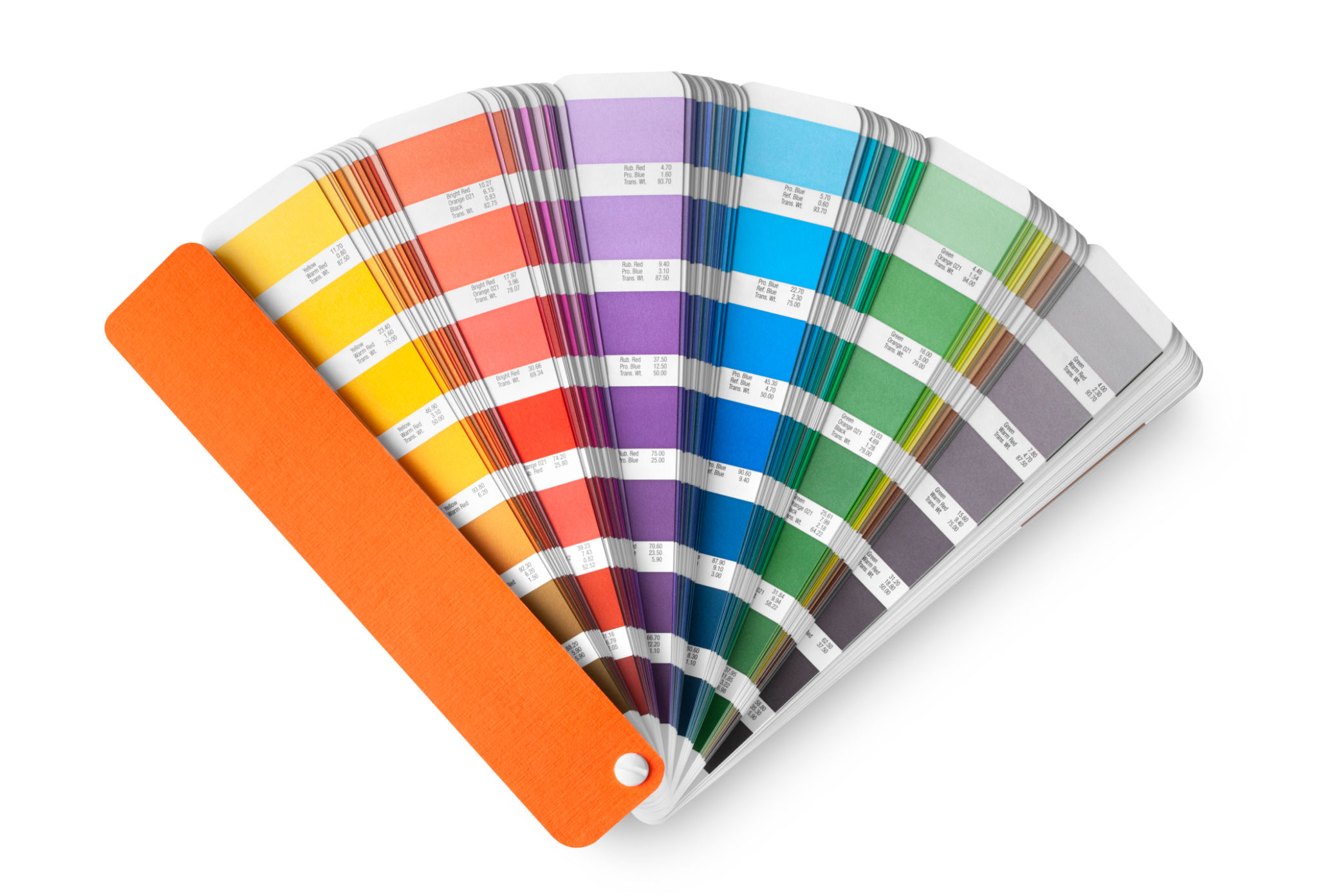How to Choose the Perfect Color Palette for Your Home
Understanding the Basics of Color Theory
Choosing the perfect color palette for your home can transform your living space into a harmonious and inviting sanctuary. To start, it's essential to understand the basics of color theory. Color theory involves the study of how colors interact, and it's a crucial aspect of interior design. By understanding the relationships between colors, you can create a balanced and aesthetically pleasing environment.
One key element in color theory is the color wheel, which is divided into primary, secondary, and tertiary colors. The wheel helps you understand the relationships between different hues and how they can be combined. For instance, complementary colors, which are opposite each other on the wheel, can create a vibrant contrast when used together.

Assessing Your Space and Lighting
Before selecting your color palette, take a close look at your space and its lighting. The amount and type of light in a room can significantly impact how colors appear. Natural light tends to show colors in their true form, while artificial lighting can alter their appearance.
Consider the direction your windows face, as it affects the quality of natural light. North-facing rooms may benefit from warmer tones to counteract the coolness, while south-facing rooms with ample sunlight might suit cooler hues that balance the warmth.
Choosing Colors that Reflect Your Style
Your color palette should reflect your personal style and taste. Are you drawn to bold, dramatic colors or do you prefer soft, muted tones? Think about the mood you wish to create in each room. Warm colors like reds and oranges evoke energy and vibrancy, while cool colors like blues and greens promote tranquility and relaxation.

Creating a Cohesive Flow
A cohesive flow throughout your home ensures that each room feels connected. One effective way to achieve this is by using a consistent base color and accentuating it with different shades or complementary colors in each room. This approach allows for variety while maintaining harmony.
Consider using a color palette that includes three main components: a dominant color, a secondary color, and an accent color. The dominant color will be the primary shade seen throughout your space, while the secondary color should complement it beautifully. The accent color adds pops of interest and can be used sparingly for emphasis.
Testing Colors Before Committing
Before committing to a color palette, it's wise to test your selected colors in small areas or on sample boards. Paint swatches can only tell you so much; observing how a color looks under different lighting conditions and at various times of day is crucial.

When testing colors, pay attention to how they interact with existing furniture and decor. A color that looks stunning on its own may not work well with your current setup. Adjustments may be needed until you find the perfect combination that ties everything together.
Finalizing Your Color Palette
Once you've tested and decided on your color palette, it's time to implement it throughout your home. Start with larger surfaces such as walls and gradually incorporate your chosen hues into furniture, textiles, and accessories.
Remember, choosing a color palette is not just about following trends; it's about creating an environment that feels right for you and your family. Trust your instincts and let your creativity guide you in designing a space you'll love living in.
